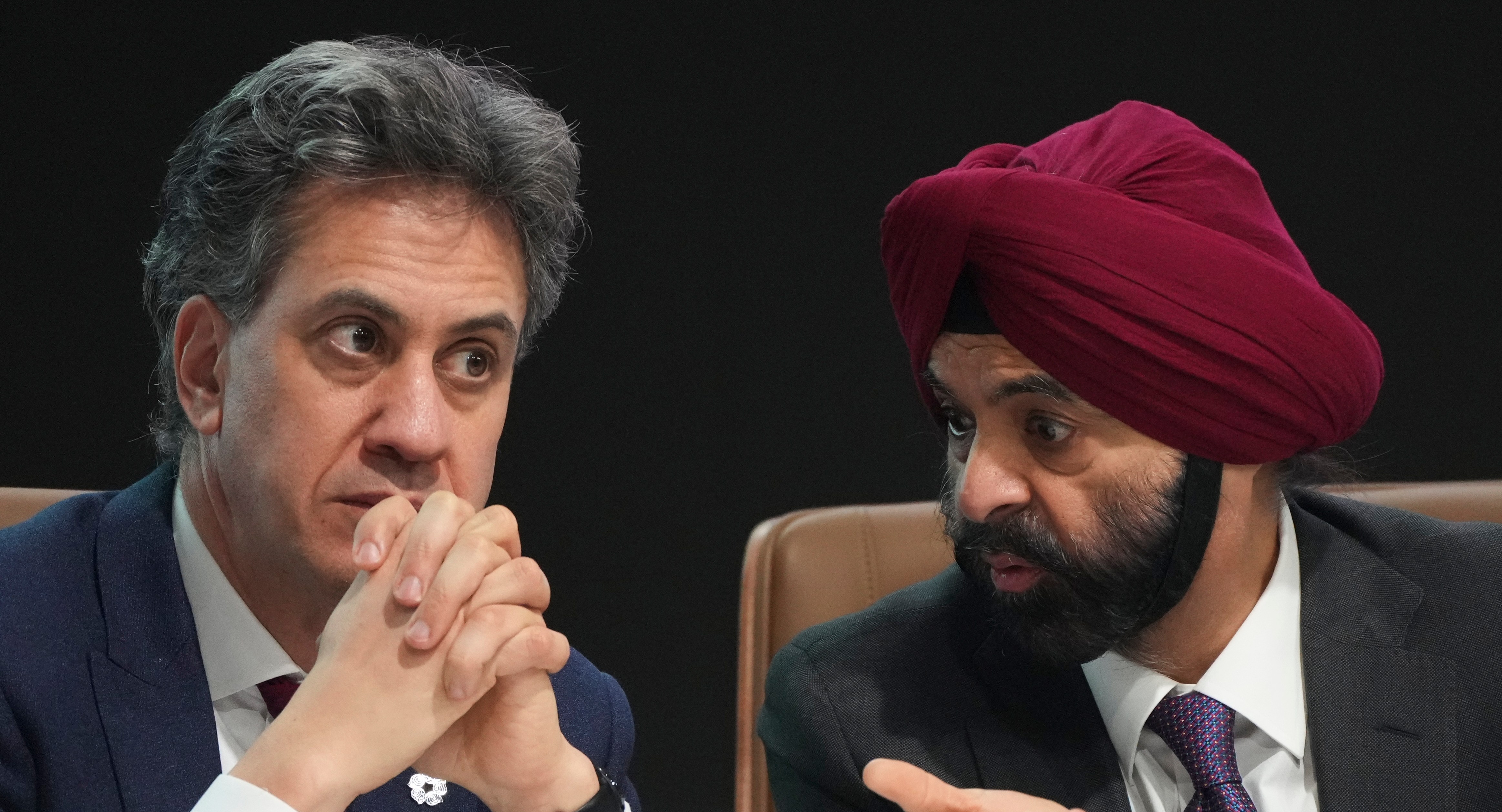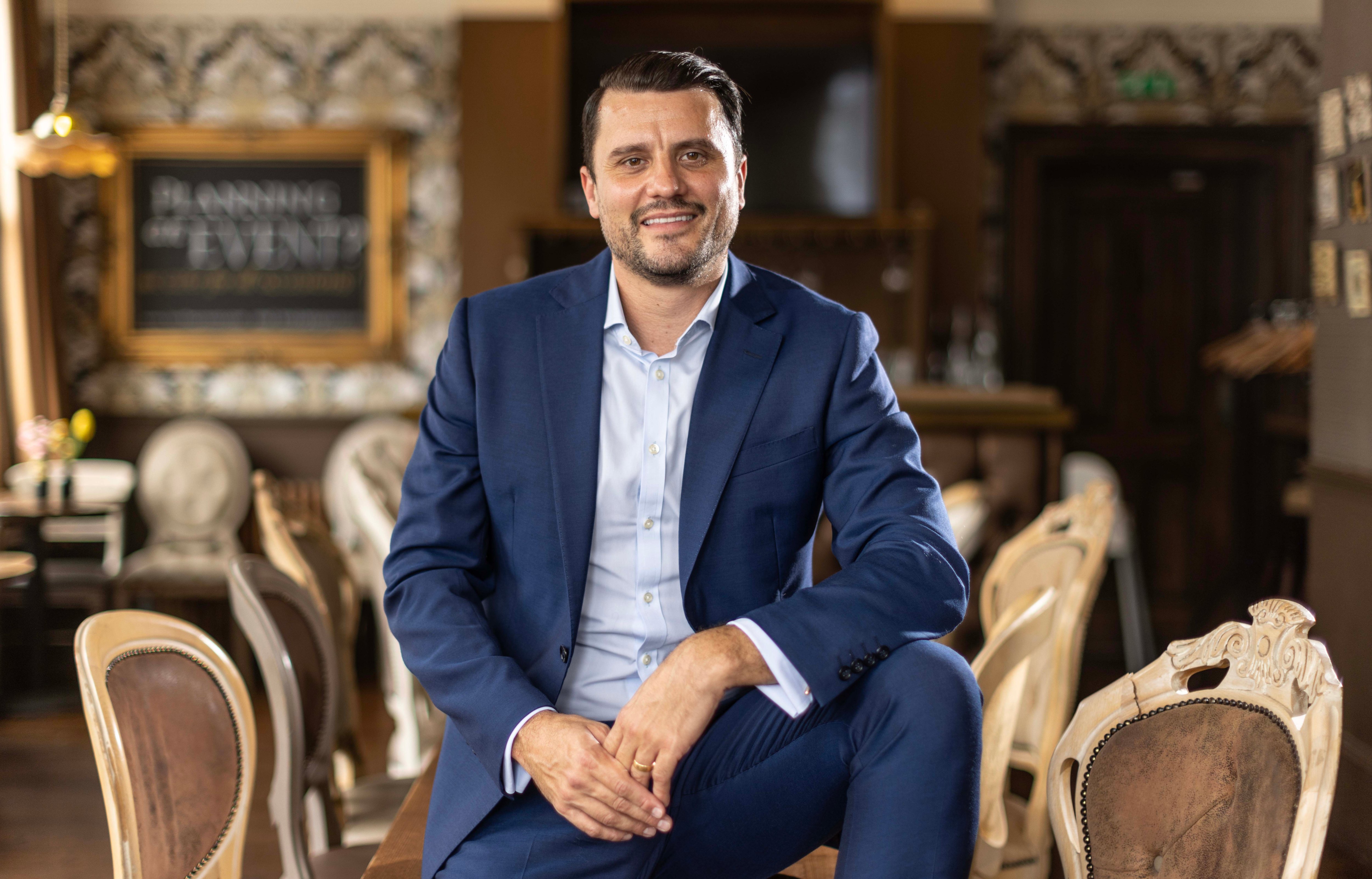How Helios Towers Tackles the PFI Challenge
Following his recent inauguration as president of the World Bank, Ajay Banga vowed to mobilize substantial private capital from developed nations to address critical infrastructure needs in developing countries.
Banga, previously the CEO of Mastercard, aligns himself with a historical trend of World Bank leaders aiming to redirect private investment from affluent nations to those in need.
This initiative dates back to the early 2000s when the UK, via its Department for International Development (now part of the Foreign Office), spearheaded efforts to promote Britain’s private finance initiatives as a template for enticing private investment.
These partnerships, known as PFI, ideally utilize limited public funds to attract larger private sector investments. However, most of these endeavors have encountered significant challenges. In contrast, Helios Towers, which operates telecom tower sites across Africa, has made considerable strides.

According to the company’s CEO, Tom Greenwood, one factor contributing to the hesitance of private sector investors is their perception of instability within developing markets.
“In most African markets, particularly where we operate, changes in tax and regulatory frameworks are quite rare, especially compared to the West,” he noted.
Helios Towers was founded in 2009, during the aftermath of the recession, by Helios Investment Partners, the largest private equity firm focused on Africa at the time. The venture received support from British International Investment (BII) and secured $350 million in funding from private investors, including notable figures like George Soros and Rothschild Investment Trust. BII is recognized as a development finance institution (DFI), often referred to as a development bank.
By 2019, Helios Towers went public on the London Stock Exchange and is now part of the FTSE 250, boasting ownership and operation of over 14,000 telecom tower sites across nine African and Middle Eastern nations. This year, the company’s shares have appreciated by about 10 percent.
Helios’s private equity partners emphasized that the BII investment was “critical” in gaining the trust of private investors during challenging times for capital raising. The company successfully employed this model during its initial public bond issuance in 2017.
“We had several DFIs backing that bond,” Greenwood explained. “When we presented it to the market and engaged with firms like BlackRock and Fidelity, we could report that over 10 percent of the offering had been subscribed by these governmental DFIs, providing reassurance.

“We have since refinanced these bonds and increased their size multiple times, each time bringing additional DFIs on board.”
In contrast to Helios’s achievements, others have struggled to use minor public investments to alleviate the apprehensions of larger private fund managers.
World Bank data from its DFI, the International Finance Corporation, indicated that in 2023, only about 15 percent of its funds—approximately $2.5 billion—were allocated to long-term infrastructure financing, with the remainder channeled into banking, manufacturing, and other sectors.
Meanwhile, the World Bank’s public sector infrastructure financing reached $10.5 billion, accounting for about 27 percent of its overall operations.
Greenwood asserts that Helios’s accomplishments can be partly attributed to the investor-friendly nature of the telecom sector, which requires less capital and appeals to a vast customer base comprised of mobile phone users.
“Historically, the telecom industry has seen considerable private sector-driven research and development due to promising future revenue prospects,” he stated.
“Ultimately, investment decisions are primarily influenced by economics, which are quite evident in the telecom domain. Other sectors may lack this clarity.”
Charles Kenny, a senior fellow at the Centre for Global Development and former senior economist at the World Bank, concurred. “One key reason for the early enthusiasm around public-private partnerships was the surge of investment in telecoms as countries embraced private competition,” he remarked.
This competitive dynamic has been vital to both the successes seen in telecom investment and the failures in other sectors.
“Regulating and structuring infrastructure investments is often as challenging, if not more so, than optimizing state-owned enterprises,” Kenny pointed out.
“Telecoms is an exception because it necessitates less stringent regulation. Competition diminishes the regulatory burden since market forces prevail. While telecom regulation isn’t entirely devoid of oversight, it’s not as pivotal as in monopolistic situations.”
While it’s uncertain if Helios’s formula can be replicated in other infrastructure domains like water or energy, Greenwood remains optimistic that it can bolster investor confidence in areas historically viewed as high-risk.
“Each success story reinforces the idea that it is possible to run profitable enterprises that benefit both the communities they serve and investors,” he concluded. “This momentum fosters greater confidence among investors globally over time.”




Post Comment